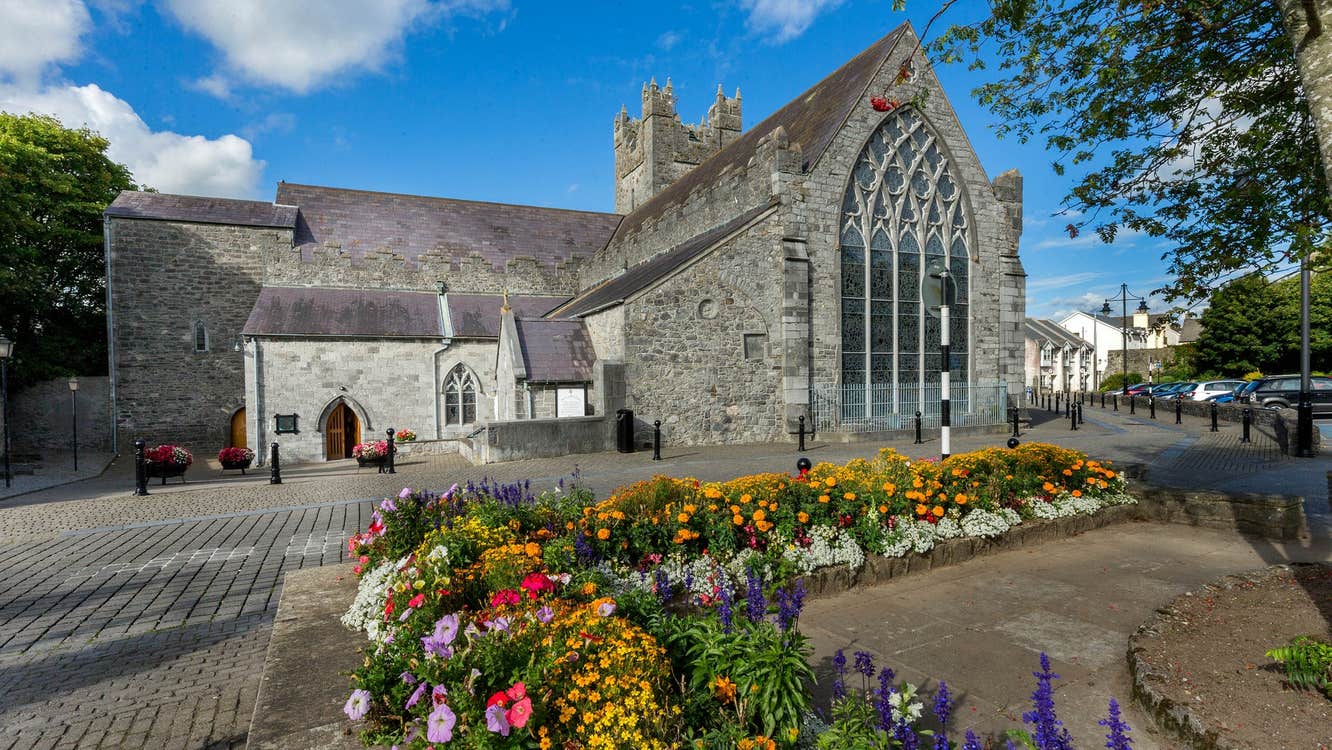Just outside where the original walls of Kilkenny City once stood, The Black Abbey was a peaceful place and home to a group of Dominican friars when it was founded in 1225.
The full name of the abbey is the Church and Priory of the Most Blessed Trinity, but is known locally as The Black Abbey as a reference to the black cappa that the friars wore over their white habits during the middle ages.
The Black Abbey played a major role in the civil and ecclesiastical life of the city until 1543, when King Henry VIII confiscated it and converted it into a courthouse. Though the years of occupation left the abbey in ruin, it was eventually restored and opened for public worship in the 19th century.
Today, visitors can view the buildings, which date from the 13th to the 16th centuries. Among the highlights are sepulchral slabs, stone carvings and sculptures, including a unique figure of the Blessed Trinity. On display is the only known surviving wooden statue of St Dominic in Ireland. Also of special interest is the stained glass of the great Rosary Window, depicting the fifteen mysteries of the Holy Rosary.
View the oldest known Irish oak statue of St Dominic, and see the remaining marks from the hacking of Cromwellian soldiers' swords.
